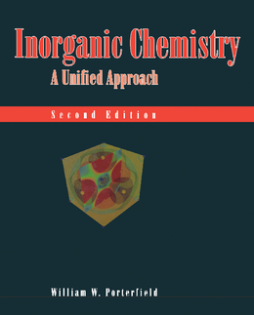
Additional Information
Book Details
Abstract
This is one of the few books available that uses unifying theoretical concepts to present inorganic chemistry at the advanced undergraduate and graduate levels--most texts are organized around the periodic table, while this one is structured after bonding models, structure types, and reaction patterns. But the real strength of Porterfield's Second Edition is its clear presentation of ample background description, especially in recent areas of development such as cluster molecules, industrial catalysis, and bio-inorganic chemistry. This information will enable students to understand most current journals, empowering them to stay abreast of the latest advances in the field. Specific improvements of the Second Edition include new chapters on materials-science applications and bioinorganic chemistry, an extended discussion of transition-metal applications (including cuprate superconductors), and extended Tanabe-Sugano diagrams.
- Extended treatment of inorganic materials science--ceramics, refractories, magnetic materials, superconductors--in the context of solid-state chemistry
- Extended coverage of biological systems and their chemical and physiological consequences--02 metabolism, N2 fixation, muscle action, iron storage, cisplatin and nucleic acid structural probes, and photosynthesis
- Unusual structures and species--silatranes, metallacarboranes, alkalides and electrides, vapor-deposition species, proton and hybrid sponges, massive transition-metal clusters, and agostic ligands
- Thorough examination of industrial processes using organometallic catalysts and their mechanisms
- Entropy-driven reactions
- Complete discussion of inorganic photochemistry
"Dr. Porterfield has presented a well-balanced view of the chemistry of the main group elements, metals, and their compounds. The description of compounds in the solid-state in the early chapters of the revised text is uniquely effective in dealing with an important topic that is traditionally not given strong emphasis in inorganic courses. New sections that appear in the revision expand and enrich the discussion of metal-ligand bonding, solution chemistry, the chemistry of covalent main-group compounds, and the chemistry of clusters and coordination compounds presented in the earlier edition. With these additions, the Porterfield text should emerge as the text of choice for courses in inorganic chemistry at the undergraduate andgraduate levels." --CORTLANDT G. PIERPONT, University of Colorado at Boulder
